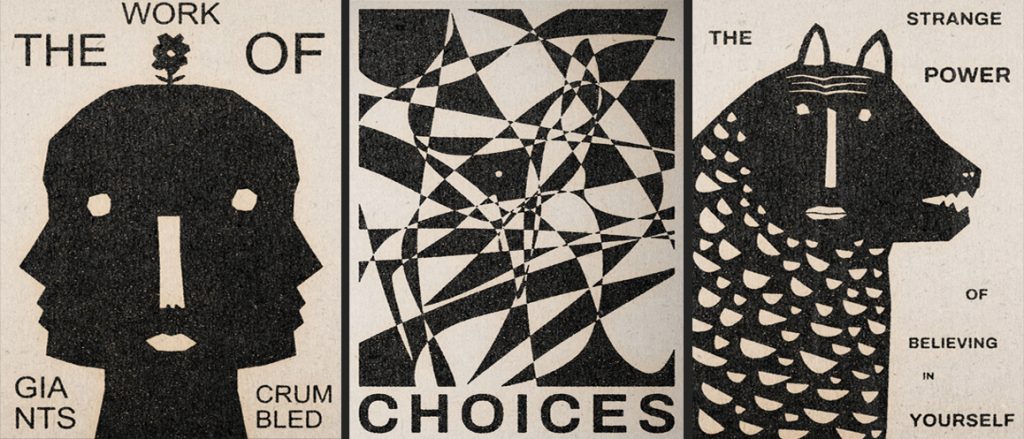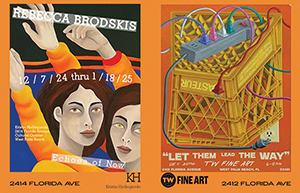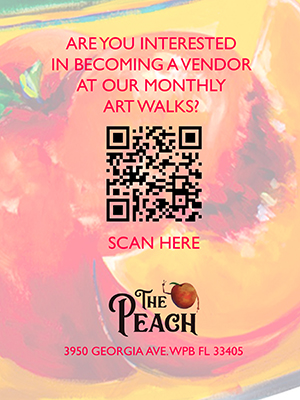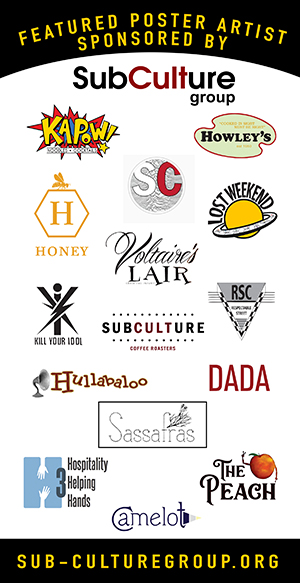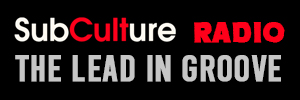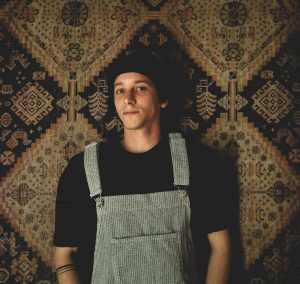 David Schmitt, known as Tuyo to his online fans, is a self-taught printmaker based in Germany with more than 63,000 followers on Instagram, and an instantly recognizable primitivist style using what his biography calls “organic shapes, archaic symbols and an intuitive approach.”
David Schmitt, known as Tuyo to his online fans, is a self-taught printmaker based in Germany with more than 63,000 followers on Instagram, and an instantly recognizable primitivist style using what his biography calls “organic shapes, archaic symbols and an intuitive approach.”
Schmitt is the featured artist in this month’s PureHoney, and in an interview conducted by email across multiple time zones (he was also visiting Australia), he fielded questions about color versus monochrome, his enigmatic two-tone poster series combining words and pictures, and a body of work guided by a fascination with the similarities in visual language across different cultures and ages.
“I try to approach my work with a childlike curiosity and aesthetic,” Schmitt said, adding, “we have all been there before and hopefully remember what it means to engage with a world full of wonders.”
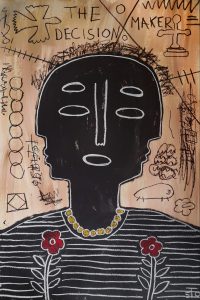
The Decision Maker
Born in 1994 in Hamburg, Germany, Schmitt didn’t grow up necessarily thinking he would become an artist. “I only started about four years ago in some sort of epiphany, looking for a different path in life when I felt this huge pull from my creative side,” he said. “I chose to follow that impulse. I never questioned that decision ever since.”
“Tuyo” is also the Spanish word for “yours,” but the choice of a name was, like the artistry, intuitive. “I was looking for a name to use for publishing my work and ‘Tuyo’ just had a nice ring and vibe to it,” he said. “That’s really all there is haha.”
He draws inspiration from self-taught artists such as the freed slave William Traylor (1854-1949) and the contemporary Swedish painter Emma Larsson. Schmitt’s interest in “archaic symbols” is one of the most apparent features of his work: Many of his prints could be compared to cave paintings.
Minus the text and more contemporary context — a coffee percolator, blooming flowers in a vase — his subjects look primitive or prehistoric and simple in design. Proportions are skewed. Schmitt’s work reminds us that nothing is created in a vacuum, away from the people and the society in which it exists. He is building on forms that originated even before the notion of “art” came into existence.
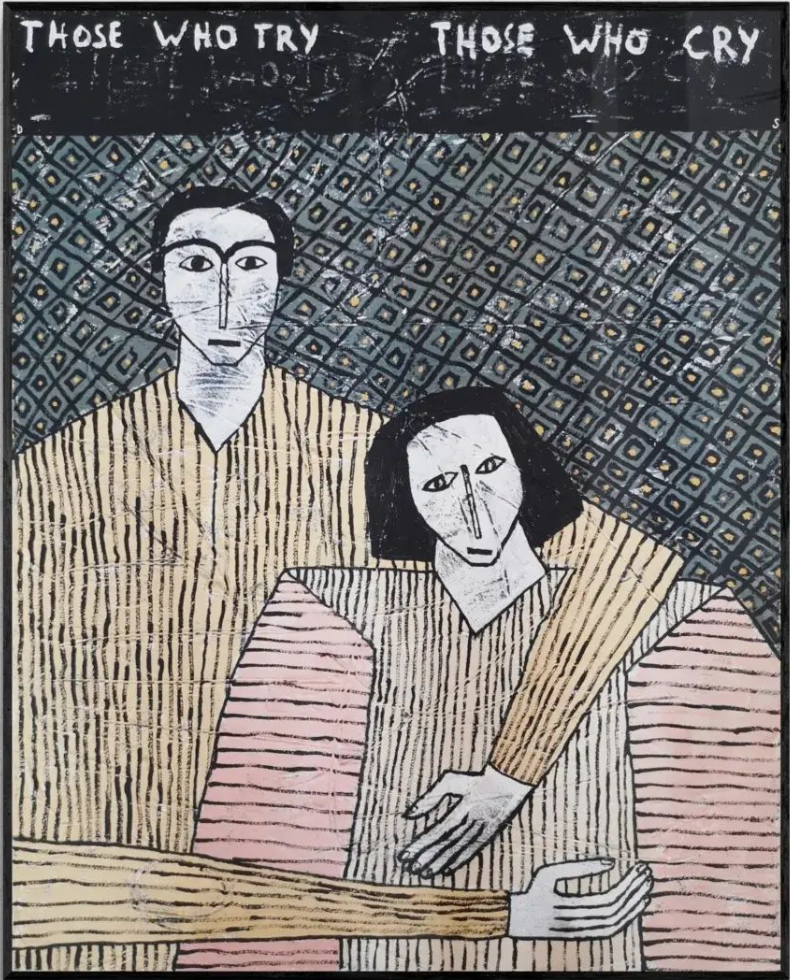
Those Who Try
His methods are both analog — handmade linocut prints on archival paper — and digital — poster prints with texture added electronically. He uses one or very few colors. “It is great to try out everything to see what works and what doesn’t; however, there is freedom in restriction, as weird as that might sound,” he said. “Breaking it down to a monochrome choice of color lets me really explore the basics of composition and visual storytelling.
“If it does not work in black and white, it also won’t work in color.”
Although his subjects resist realistic physiology, they are almost all representational enough for a viewer to recognize. Like cave painters who depicted people they lived among, animals their communities hunted or idols they worshipped, Schmitt represents a collective, contemporary “now” of faces, cats, flowers, objects and abstract shapes.
Schmitt also incorporates two components that prehistoric art typically does not, text and visual jokes, to transform our everyday surroundings into an alternate reality populated by pigeons with six toes, flowers with faces, and animals that have no discernible place in the cycle of evolution.

Alive with Yellow Flowers
It is difficult — but entertaining — to assess some of his word-and-picture pairings. Statements like “the easy way is easy” and “it makes no sense but it does” become enigmatic when paired, respectively, with flowers and the face of a bear.
“The text in my poster series is inspired by words I pick up through music, poems, books, or movies,” he said. “If I notice something resonates during that day, I will write in my notebook to draw from it later.”
“The combinations just happen as they feel right or seem to tell the right story,” he said.
He’s not currently partnered with a gallery—“it’s just me in the studio right now,” he said. But his work has led to collaborations with brands such as Minimum Wines, for bespoke bottle labels. He also makes original, standalone pieces with acrylics and oil pastels that add color and design flourishes yet stay true to style.
Find David Schmitt @tuyo.art on Instagram and at tuyoart.com ~ Veronica Inberg
